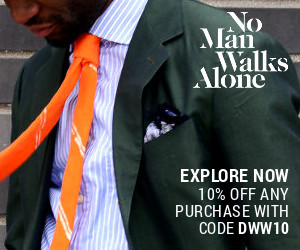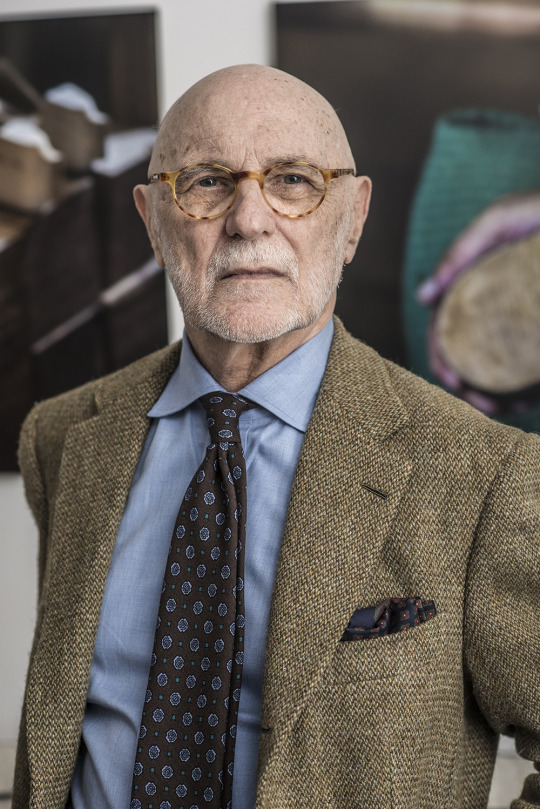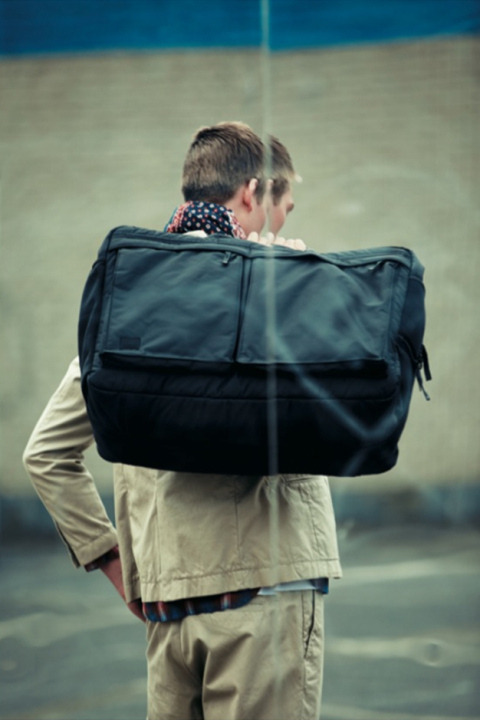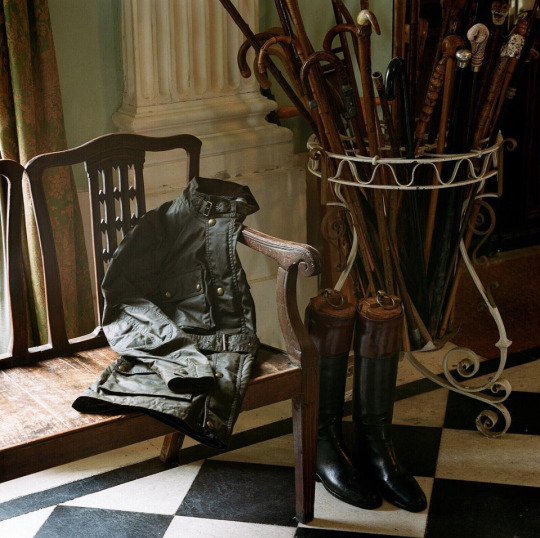
If there’s any country that knows how to make cold-weather clothes, it’s Scotland. Heavy tweeds, cabled sweaters, and what I think is the best cashmere in the world. Recently, David Marx – the author behind Ametora – wrote a great essay on how Japan has become an important export market for traditional Scottish clothes and textiles. The article was first published in Vanguards Magazine, a bi-annual publication celebrating design and products.
Marx’s essay starts with how traditional Scottish goods landed in Japan in the first place. Mid-century American clothes, marketed as Ivy Style, originally brought things such as Harris Tweed to the island. Pictured above, for example, is Tailor Caid’s Yuhei Yamamoto (photo by Mark Cho), wearing a classic, soft-shouldered, American-style overcoat. It’s this sort of tweedy look that would later open up the Japanese market to other Scottish specialities, such as fisherman knits and teaseled scarves. Marx’s essay is republished in full here with permission, but if you like it, check out Vanguards’ second issue, from which this is taken (there’s a graphic novel in there about Aero Leathers). Vanguards is also selling a specially designed bandana that accompanies this story.
Each autumn in Tokyo, there are a series of annual rituals which alert shoppers that crisp weather and burgundy maple leaves are just around the corner. First, traditional menswear retailer Beams Plus covers an entire wall with stacks of fluffy Jamieson-made sweaters in a crayon’s box worth of color variations. Next, stores such as United Arrows, Tomorrowland, and Ships join Beams in bringing out piles of thick wool shawl cardigans from Inverallan, each with a tag certifying the sweater’s hand-knit origin. In November, men celebrate the bountiful harvest of late summer trunk shows: their made-to-measure Harris Tweed sports coats have arrived. They match their herringbone and dogtooth jackets with explosions of fair isle patterns and tartan scarves to scatter festive color across the Tokyo streets.
Keep reading
















